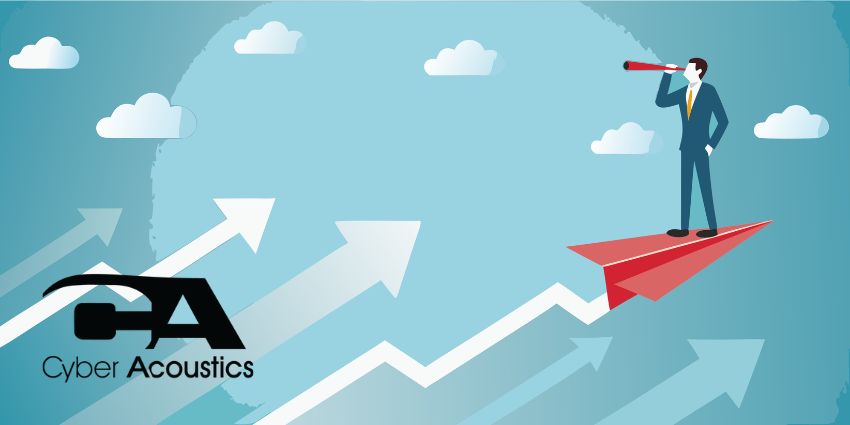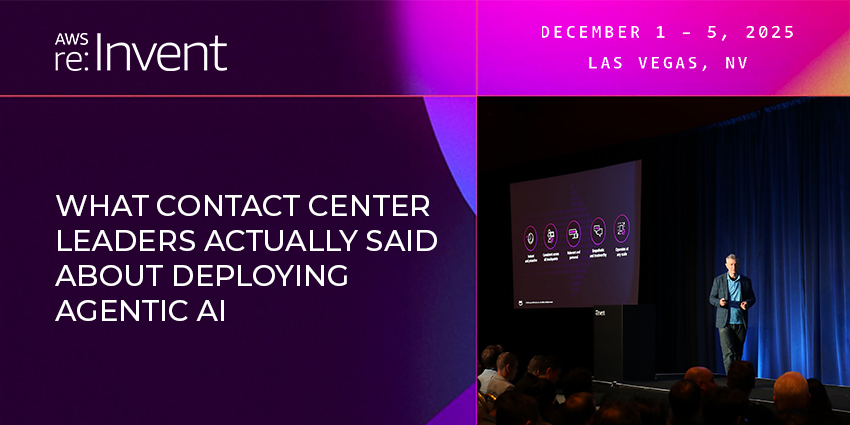Allowing customers to directly call or text a business when searching the web, reading an email, and letting potential customers connect with your enterprise via third-party apps, should all be possible. If a company wants to achieve this kind of engagement, it can do so by investing in a cloud communications system to enables such transactions between organizations and stakeholders like customers.
The problem is, customer communications strategies are often disjointed across customer touchpoints, be it in person, online, in an app, or over the phone interactions, Sergei Zadoyan, Business Developer at Message Hopper, told me. He believes since business comms strategies operate separately they can complicate the process of real-time data gathering from apps.

“Also, many current customer communication systems do not offer context around the interactions customers have with the business,” he told me. For him, this is what he calls ‘lack of information sharing,’ which he added, eventually creates poor customer experiences. For brands, he contends, it hinders the company’s ability to directly access someone at the point of service.
Furthermore, having some context or background on customers’ previous interactions with the business provides service representatives with better visibility into the customer journey and their overall experience. This removes the need to be redundant, repeating information over and over again.
The combination of technology and customer service will also yield better experiences for all parties involved in business communication. What communications APIs at ‘the Edge’ provide is a robust set of
omnichannel experiences to enhance customer engagement, providing a seamless, end-to-end and a fully contextual journey. On the benefits of moving to omnichannel to ‘the Edge’ is Sascha Mehlhase, Senior Director of Product Management, West Telecom Services, Flowroute, now part of Intrado.
‘Edge’ communication, he started saying, gives end-users access to the ‘flexibility to interact with an enterprise, not only with a contact center but through every phase of the customer journey.’ Further elaborating, he said, direct contact at the point of service ‘elevates’ CX by streamlining interactions and improving the service quality.
“This can boost customer loyalty and satisfaction and deliver increased ROI on contact center and customer service IT investments”

Taking omni-channel to ‘the Edge’ should be done if enterprises and contact centers want to leverage telecom APIs to integrate two-way messaging features directly into existing services, Zadoyan believes, giving some insight into the potential applications of taking omni-channel to ‘the Edge.’ According to him, enterprises and contact centers can leverage telecom APIs to support number management, messaging, CDR exports, porting, phone number masking, two-factor authentication, and E911 data conversion.
In addition to creating more streamlined and customized user experiences, APIs open doors for developers and non-technical business users to evolve current offerings by integrating calling and messaging features into their communications stacks, Zadoyan added. APIs at ‘the Edge’ will likely create better experiences, especially if properly leveraged. After all, accommodating the preferences of customers’ communications is growing ever important, and they now expect enterprises to meet them where they are – not the other way around.







